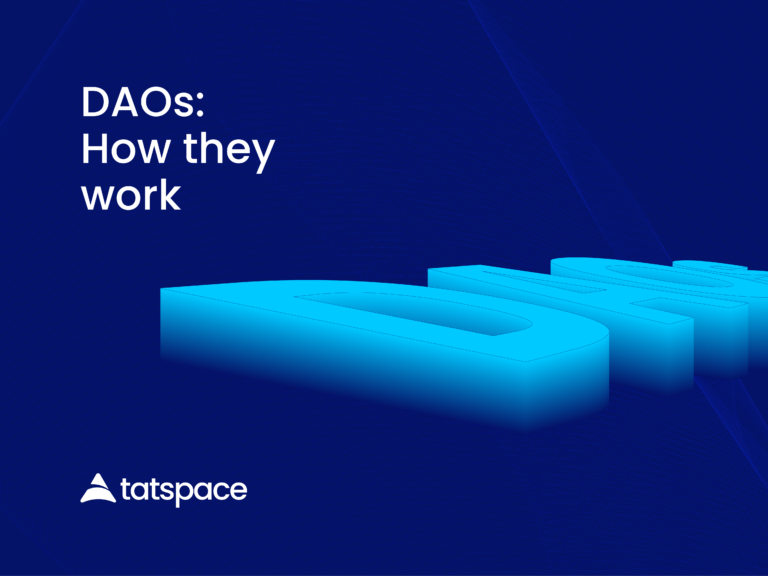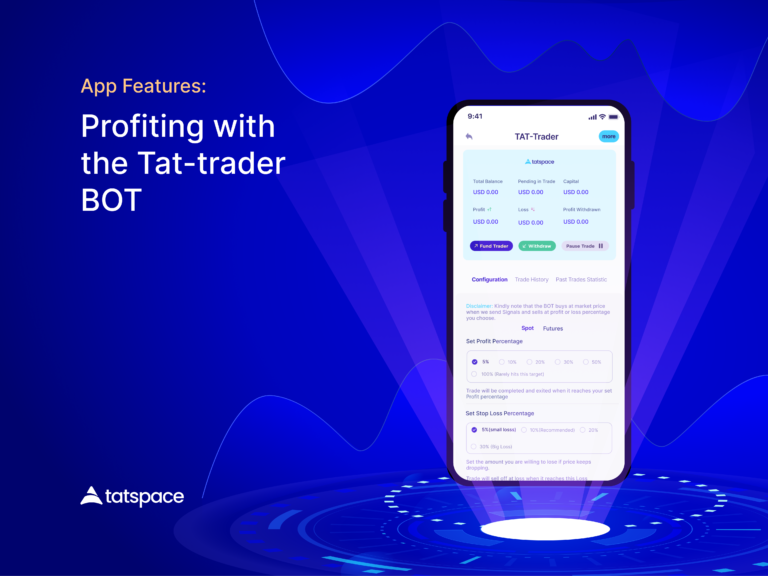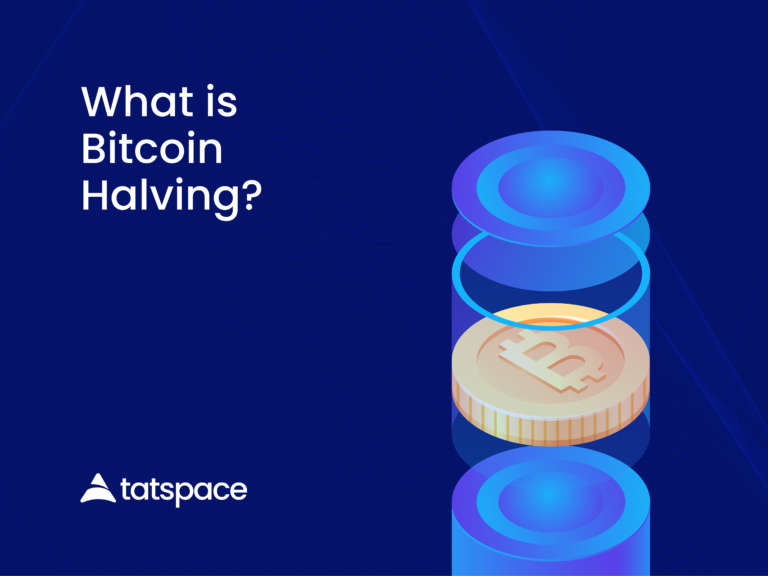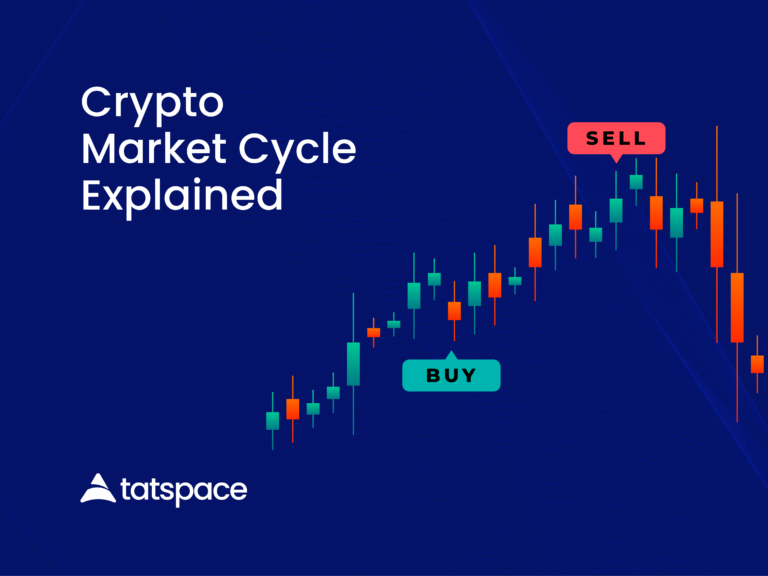Creating a steady stream of income is a sure way to achieving your financial goals. And everyone has some financial goals or at least needs money, hence the relevance.
Yet as a beginner investor in crypto, you may understand that your investments are not quick and steady sources of income as they are usually long-term and other times you don’t make a profit.
For this reason, diversifying your source of income and your portfolios is such an intelligent investment move, right?
It is important that, while broadening your investment options, you consider the ones that generate passive income and regularly.
Before we dive right in, let’s understand what we mean by “passive income”.
What is passive income?
Passive income is the money you earn from your property or investment without your active participation.
This can include dividends from your stock holdings, rent from rental property, a commission from your publication, and so on.
Each investment that generates a profit falls into this category. Even lately, the interest you earn from your bank savings or your crypto holdings classifies as passive income.
How can you earn passive income with crypto?
1. Mining
Mining is the process of securing a network using computation power in exchange for a reward.
While having a crypto holding is not a requirement for this process, it remains one of the oldest methods of passive income generation in the cryptocurrency space.
Although mining using an everyday Central Processing Unit (CPU) was a feasible process, things changed with the increase in network hash rates.
As a result, most of the miners migrated to the use of Graphics Processing Units (GPUs) which are more powerful.
Now, with intensifying competition in the space, there’s been more adoption of Application-Specific Integrated Circuits (ASICs) – machines custom-built for mining purposes.
However, with more corporations playing and dominating in the ASIC space with their numerous research resources and funds, mining Bitcoin is more of a corporate affair than it would pass as an individual’s source of passive income.
Nonetheless, mining coins on networks with lower hash rates can still be very lucrative. Still, it’s important to note that mining requires technical expertise and investment.
2. Staking
You’ll find staking as a less technical and resource-intensive alternative to mining.
Staking requires you to keep funds in a suitable wallet and perform various network functions, like validating transactions to earn rewards.
The token-holding, which is your stake, actuates the maintenance of the network’s security through ownership.
As a consensus logarithm, most staking networks use Proof of Stake or its other versions – Leased Proof of Stake and Delegated Proof of Stake.
Staking involves holding a coin in the suitable wallet you set up for it. Some other networks would require you to delegate or add funds to a staking pool.
Whichever method, staking can be a very outstanding way of earning passive income.
Bear in mind, however, that some projects use techniques that superficially inflate the ROI on stakes.
Hence, it is important that you research and investigate the economics of a project’s economy before you stake.
ABiTrader App and tatswap.com have stake features that allow you to stake your tatcoin for a duration and earn staking rewards annually.
3. Lending
Lending is a very passive way of earning interest on your crypto holdings.
You’ll find there are several peer-to-peer lending platforms that allow you to lock away your crypto for a while while you receive a fixed or variable amount of interest on it over a certain duration.
The fixed interest is usually determined by the platform, while the variable interest is set by you depending on the market rate at the time of lending.
Natively, lending is found as a feature on exchanges that offer margin trading.
While this method works excellently if you’re looking to lock your holdings away on long-term, while they increase effortlessly, you should note that crypto locked in a smart contract still faces the risk of bugs.
4. Affiliate Programmes
Affiliate programmes are marketing strategies most businesses use for acquiring new users and customers, and some crypto companies use this method.
Typically, you earn for every new user you introduce to the company or its products.
Referral, new user discounts, affiliate links are all associated with affiliate programmes. So, you can really earn a lot as passive income using this method if you have a large number of social followers or a big community.
However, it’s good thinking to do some research on a project before promoting it, to avoid introducing people to scam projects.
ABiTReps is ABiT Network‘s ambassador program that allows loyal users of products in the ecosystem to earn while sharing the gospel of the community and its solution apps.
5. Forking and Airdrops
Leveraging hard forks has always been a relatively effortless technique for crypto investors.
This only involves you, as a requirement, holding the forked coins on the date of the hard fork usually determined by block height. After the fork, if there are multiple active chains, then you will have a balance on each of them.
Similar to forks are airdrops. Airdrops usually only require you to own a wallet address on the network at the time of the airdrop.
Both methods are also easy ways of earning passive income with crypto.
6. Running a Lightning Node
A lightning network is an off-chain micropayment network. It is a second-layer protocol that runs on a blockchain, for instance, the Bitcoin blockchain.
They are typically used for transactions that are not immediately transferred to the blockchain.
The transactions on this network are usually bidirectional (they make use of bidirectional channels) unlike Bitcoin transactions that are in one direction.
This means if you send Bitcoin to your friend, your friend can’t send back the Bitcoin via the same channel, but the lightning network allows that with the agreement of both parties to the terms before the transaction.
As a result, this network provides liquidity allowing you to lock Bitcoin in payment channels and then receive the fees of the transaction passing through the channels.
However, earning a passive income with this method requires good technical skills and depends on the overall use of the lightning network.
7. Masternodes
Similar to a server, a masternode operates in a decentralized network and functions in ways other nodes cannot in the network.
Actors with higher incentives to maintain network stability are more likely to receive higher advantages from token projects. Masternodes usually require a huge form of investment and technical know-how and expertise to set up.
8. Content creation on the blockchain
Content monetization has seen a lot of improvement with the development of distributed ledger technologies.
Several content platforms now exist on the blockchain to make it easy for creators to earn for the content they create.
On such platforms, you can create, own, and monetize your contact through engagement from people in the platforms’ communities.
What are the risks of earning passive income with crypto?
1. User error
The blockchain space is a growing one, but yet still in its early stages. Developing and setting up these different forms of passive income with crypto would require some level of technical understanding and skill.
So, it’s best to use only ones that need minimal technical expertise or wait until these services are more user-friendly.
2. Bug risk
Holdings locked away in smart contracts are often exposed to risks from bugs. So, it’s important to explicitly research these projects before committing to them.
Picking projects built on open source software would also be a good move, as they often are at least audited by the community.
3. Lockup duration
When staking or lending you have to lock your holdings away for a very long period of time.
This means that your invested crypto would remain inaccessible to you for that duration leaving you prone to unplanned events that might affect the price of your assets negatively.
4. Buying poor-quality assets
There are lots of harmful and misleading projects out there on the blockchain showing prices that are artificially inflated, as well as false returns to attract investors.
Always do your in-depth research before committing to any one project.
Wrapping it up
Methods of creating passive income with cryptocurrency in the blockchain keep increasing. As most businesses in the crypto space keep adapting and making them better and more reliable, they could become steady sources of income sooner than later.







